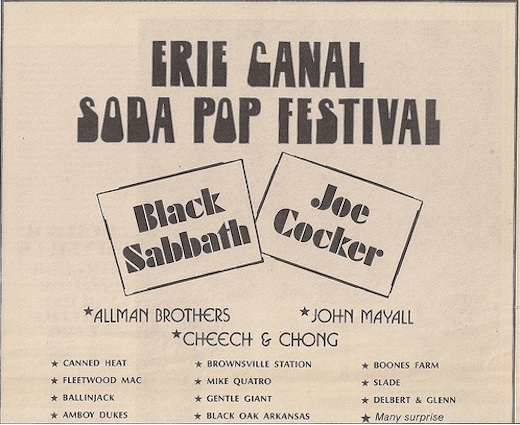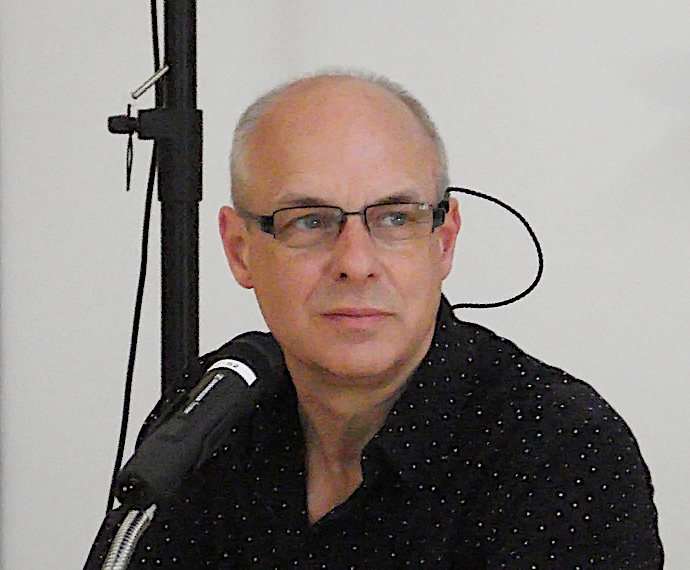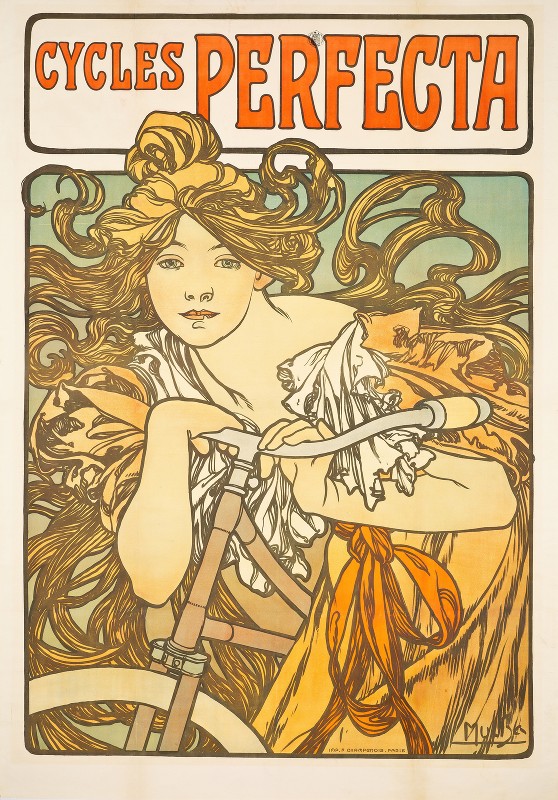One evening in 1957, viewers all across America tuned in to see Stravinsky. The broadcast wasn’t a performance of Stravinsky’s music, although those would continue to draw television audiences well into the following decade. It was a conversation with the man himself, Igor Fyodorovich Stravinsky, who even when he was still alive had become an institution by virtue of his industry and innovation. “For half a century, Stravinsky’s musical explorations have dominated modern music,” says the program’s narrator. “His nearly 100 works — ballets, symphonies, religious music, even jazz — have often outraged audiences at first hearing.”
The famously “riotous” audience reaction to the Paris debut of Stravinsky’s The Rite of Spring had happened 44 years earlier, back when the Russian-born composer was rising to international fame. But by 1957 he’d been an American citizen for years, and it’s in his Hollywood home — and on the eve of his 75th birthday — that NBC’s crew shot this episode of Wisdom.
Having debuted just that year, Wisdom would continue to run until 1965, broadcasting long-form interviews with figures like Marcel Duchamp, Pearl S. Buck, Robert Frost, Somerset Maugham, and Eleanor Roosevelt. Here Stravinsky speaks with his young protégé, the American conductor Robert Craft, who asks him to remember various chapters of his long musical life, which included encounters with the likes of Nikolai Rimsky-Korsakov, Dylan Thomas, and Pablo Picasso.
The story begins with Stravinsky’s first improvisations at the piano during his childhood in Russia (and his first lessons, taught by a woman of nineteen: “for me that was an old maid, but of course I was in love with this old maid”). All throughout, we see flashes of the invention-above-convention sensibility that made Stravinsky more a Homo faber, as he liked to say, than a Homo sapiens. “Who invented the scale?” he asks, rhetorically. “Somebody invented the scale. If somebody invented the scale, I can change something in the scale and invent something else.” And why is it, Craft asks, that every new work of yours arouses protests in the public? “Each time I have new problems, and this new problem requires a new approach,” Stravinsky explains, and but for the public, “the idea of a new approach, of a new problem, doesn’t come to their mind.” So you’re ahead of the public – including, implicitly, the American public viewing at home? “Inevitably.”
Related Content:
The Night When Charlie Parker Played for Igor Stravinsky (1951)
Stravinsky’s “Illegal” Arrangement of “The Star Spangled Banner” (1944)
Hear Igor Stravinsky’s Symphonies & Ballets in a Complete, 32-Hour, Chronological Playlist
Based in Seoul, Colin Marshall writes and broadcasts on cities, language, and culture. His projects include the Substack newsletter Books on Cities, the book The Stateless City: a Walk through 21st-Century Los Angeles and the video series The City in Cinema. Follow him on Twitter at @colinmarshall or on Facebook.









